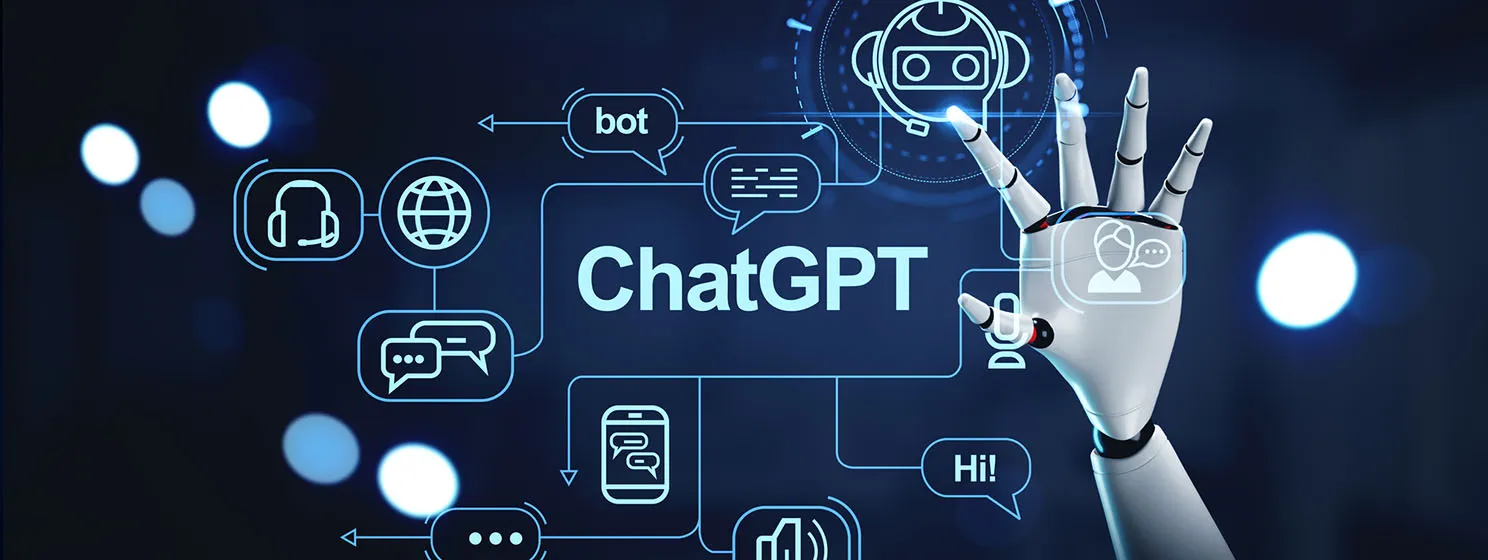|
Getting your Trinity Audio player ready...
|
Year after year, consumer-facing artificial intelligence (AI) continues to make great strides. Compared to 2022, when tools like ChatGPT started gaining mainstream attention, today’s AI systems are significantly more advanced.
The progress made in consumer-facing AI can be boiled down to three factors: better models, faster processing, and the rise of multimodal capabilities. These advancements played a key role in AI’s evolution in 2024 and paved the way for tomorrow’s breakthroughs.
How AI models became smarter
One of the most significant advancements in 2024 was the improvement of AI models that power popular applications and services, particularly the chatbot created by OpenAI, ChatGPT. The introduction of the “memory” feature to ChatGPT is one of the most notable advancements of 2024. Memory allows chatbots to recall details from past conversations, tailoring responses to a user’s specific context and preferences.
This feature is useful for any task that requires continuous progress, such as learning or any other task that involves chronological steps or sequences. In these instances, a chatbot with memory will be able to track what a user has learned or studied and then suggest the next steps or remind them of previous lessons.
Another breakthrough that came to ChatGPT in 2024 was the integration of web search. Previously, chatbots were limited to their training data, which was typically capped at a specific cutoff date, meaning the chatbot only had knowledge up to a certain point in time and was unaware of any events that may have happened in the world afterward.
However, in 2024, most leading chatbots introduced the ability to search the web in real time. This feature allows them to access up-to-date information, answer questions about current events, and provide source references for their outputs. The addition of web search strengthened chatbots’ use case as a replacement for traditional search engines, making chatbots an even more powerful tool for users seeking accurate and specific answers.
The rise of multimodal capabilities: Text-to-video AI
From a creative perspective, an emerging, potentially revolutionary leap that AI made in 2024 was the introduction of multimodal outputs, particularly text-to-video generation. While earlier models excelled at text-to-text and text-to-image tasks, the ability to create videos from text commands was not publicly available until the end of the year.
Text-to-video AI has the potential to have a significant impact on video production. It allows businesses and individuals to create high-quality videos without the resources traditionally required. We are already seeing large corporations producing nearly 100% AI-generated commercials. The accessibility of text-to-video tools has the potential to unlock new opportunities for users, which is what makes this feature one of the most significant advancements that took place in AI in 2024.
Why AI progressed so rapidly in 2024
It’s good to know how AI evolved over the past year, but what is equally important, if not more important, especially for continued progress, is understanding why AI was able to evolve rapidly in 2024. These rapid advancements in AI in 2024 can be traced back to two primary factors: better training data and improved infrastructure.
AI models became smarter because they were trained on more diverse and robust datasets. Initially, models were trained using public information available on the Internet, which means that each AI service provider essentially had access to the same data. But, over time, partnerships with private entities gave AI providers access to exclusive datasets, which differentiated their AI models and enhanced the accuracy and relevance of their outputs. The more comprehensive the training data, the better the model’s ability to generate precise and contextually appropriate responses.
On the infrastructure side, advancements in computer chip technology played a crucial role. AI operations are computationally intensive, requiring chips to process large amounts of data efficiently. High-end chips reduce energy consumption in data centers and speed up response times for end users. These innovations have made AI tools faster for end users, cheaper, and more reliable for businesses.
What’s next for generative AI in 2025?
With the foundation laid in 2024 and the progress that has taken place in the industry in the preceding years, generative AI is positioned to enter another innovative phase in 2025. The next big evolution is the emergence of AI agents—autonomous interfaces capable of executing multi-step processes with minimal user input.
Unlike chatbots, which often require back-and-forth interactions to complete tasks, AI agents can take an initial prompt and execute tasks end-to-end. Acting as personal assistants, these agents will handle everything from research and data entry to online shopping without the need for constant user guidance. Several tech giants have already begun testing AI agents in closed beta programs, signaling their readiness to launch publicly in the near future.
Behind the scenes, the quest for better training data and cutting-edge infrastructure will continue. Service providers will seek exclusive data sources to maintain their competitive edge, while ongoing advancements in chip technology will further enhance the speed and efficiency of AI tools. These improvements in both consumer-facing applications and the infrastructure that makes it possible will ensure that AI is not only a powerful tool but also an increasingly indispensable part of daily life for both businesses and individuals.
In order for artificial intelligence (AI) to work right within the law and thrive in the face of growing challenges, it needs to integrate an enterprise blockchain system that ensures data input quality and ownership—allowing it to keep data safe while also guaranteeing the immutability of data. Check out CoinGeek’s coverage on this emerging tech to learn more why Enterprise blockchain will be the backbone of AI.
Watch: AI is for ‘augmenting’ not replacing the workforce

 09-09-2025
09-09-2025 





